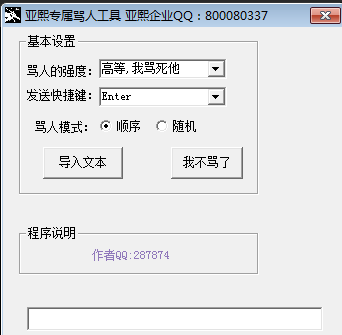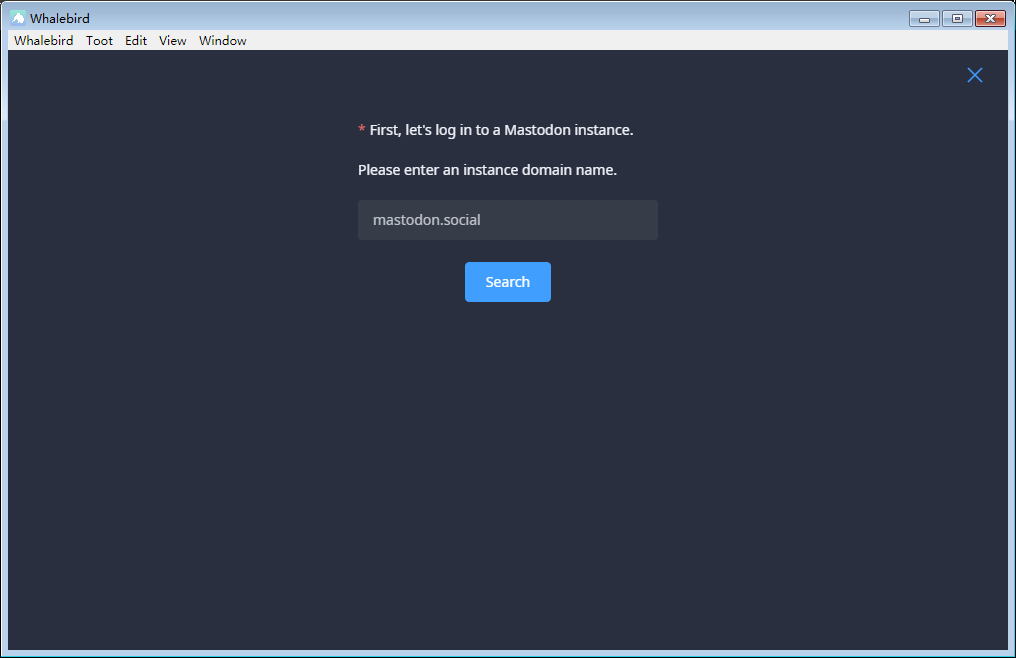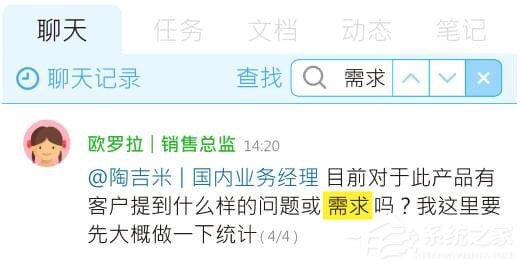SQL经典题及答案
时间:2022-03-13 23:59
关于group by
表内容:
2005-05-09 胜
2005-05-09 胜
2005-05-09 负
2005-05-09 负
2005-05-10 胜
2005-05-10 负
2005-05-10 负
如果要生成下列结果, 该如何写sql语句?
胜 负
2005-05-09 2 2
2005-05-10 1 2
------------------------------------------
create table #tmp(rq varchar(10),shengfu nchar(1))
insert into #tmp values(‘2005-05-09‘,‘胜‘)
insert into #tmp values(‘2005-05-09‘,‘胜‘)
insert into #tmp values(‘2005-05-09‘,‘负‘)
insert into #tmp values(‘2005-05-09‘,‘负‘)
insert into #tmp values(‘2005-05-10‘,‘胜‘)
insert into #tmp values(‘2005-05-10‘,‘负‘)
insert into #tmp values(‘2005-05-10‘,‘负‘)
1)select rq, sum(case when shengfu=‘胜‘ then 1 else 0 end)‘胜‘,sum(case when shengfu=‘负‘ then 1 else 0 end)‘负‘ from #tmp group by rq
2) select N.rq,N.勝,M.負 from (
select rq,勝=count(*) from #tmp where shengfu=‘胜‘group by rq)N inner join
(select rq,負=count(*) from #tmp where shengfu=‘负‘group by rq)M on N.rq=M.rq
3)select a.col001,a.a1 胜,b.b1 负 from
(select col001,count(col001) a1 from temp1 where col002=‘胜‘ group by col001) a,
(select col001,count(col001) b1 from temp1 where col002=‘负‘ group by col001) b
where a.col001=b.col001
2.请教一个面试中遇到的SQL语句的查询问题
表中有A B C三列,用SQL语句实现:当A列大于B列时选择A列否则选择B列,当B列大于C列时选择B列否则选择C列。
------------------------------------------
select (case when a>b then a else b end ),
(case when b>c then b esle c end)
from table_name
3.面试题:一个日期判断的sql语句?
请取出tb_send表中日期(SendTime字段)为当天的所有记录?(SendTime字段为datetime型,包含日期与时间)
------------------------------------------
select * from tb where datediff(dd,SendTime,getdate())=0
4.有一张表,里面有3个字段:语文,数学,英语。其中有3条记录分别表示语文70分,数学80分,英语58分,请用一条sql语句查询出这三条记录并按以下条件显示出来(并写出您的思路):
大于或等于80表示优秀,大于或等于60表示及格,小于60分表示不及格。
显示格式:
语文 数学 英语
及格 优秀 不及格
------------------------------------------
select
(case when 语文>=80 then ‘优秀‘
when 语文>=60 then ‘及格‘
else ‘不及格‘) as 语文,
(case when 数学>=80 then ‘优秀‘
when 数学>=60 then ‘及格‘
else ‘不及格‘) as 数学,
(case when 英语>=80 then ‘优秀‘
when 英语>=60 then ‘及格‘
else ‘不及格‘) as 英语,
from table
5.在sqlserver2000中请用sql创建一张用户临时表和系统临时表,里面包含两个字段ID和IDValues,类型都是int型,并解释下两者的区别?
------------------------------------------
用户临时表:create table #xx(ID int, IDValues int)
系统临时表:create table ##xx(ID int, IDValues int)
区别:
用户临时表只对创建这个表的用户的Session可见,对其他进程是不可见的.
当创建它的进程消失时这个临时表就自动删除.
全局临时表对整个SQL Server实例都可见,但是所有访问它的Session都消失的时候,它也自动删除.
6.sqlserver2000是一种大型数据库,他的存储容量只受存储介质的限制,请问它是通过什么方式实现这种无限容量机制的。
------------------------------------------
它的所有数据都存储在数据文件中(*.dbf),所以只要文件够大,SQL Server的存储容量是可以扩大的.
SQL Server 2000 数据库有三种类型的文件:
主要数据文件
主要数据文件是数据库的起点,指向数据库中文件的其它部分。每个数据库都有一个主要数据文件。主要数据文件的推荐文件扩展名是 .mdf。
次要数据文件
次要数据文件包含除主要数据文件外的所有数据文件。有些数据库可能没有次要数据文件,而有些数据库则有多个次要数据文件。次要数据文件的推荐文件扩展名是 .ndf。
日志文件
日志文件包含恢复数据库所需的所有日志信息。每个数据库必须至少有一个日志文件,但可以不止一个。日志文件的推荐文件扩展名是 .ldf。
7.请用一个sql语句得出结果
从table1,table2中取出如table3所列格式数据,注意提供的数据及结果不准确,只是作为一个格式向大家请教。
如使用存储过程也可以。
table1
月份mon 部门dep 业绩yj
-------------------------------
一月份 01 10
一月份 02 10
一月份 03 5
二月份 02 8
二月份 04 9
三月份 03 8
table2
部门dep 部门名称dname
--------------------------------
01 国内业务一部
02 国内业务二部
03 国内业务三部
04 国际业务部
table3 (result)
部门dep 一月份 二月份 三月份
--------------------------------------
01 10 null null
02 10 8 null
03 null 5 8
04 null null 9
------------------------------------------
1)
select a.部门名称dname,b.业绩yj as ‘一月份‘,c.业绩yj as ‘二月份‘,d.业绩yj as ‘三月份‘
from table1 a,table2 b,table2 c,table2 d
where a.部门dep = b.部门dep and b.月份mon = ‘一月份‘ and
a.部门dep = c.部门dep and c.月份mon = ‘二月份‘ and
a.部门dep = d.部门dep and d.月份mon = ‘三月份‘ and
2)
select a.dep,
sum(case when b.mon=1 then b.yj else 0 end) as ‘一月份‘,
sum(case when b.mon=2 then b.yj else 0 end) as ‘二月份‘,
sum(case when b.mon=3 then b.yj else 0 end) as ‘三月份‘,
sum(case when b.mon=4 then b.yj else 0 end) as ‘四月份‘,
sum(case when b.mon=5 then b.yj else 0 end) as ‘五月份‘,
sum(case when b.mon=6 then b.yj else 0 end) as ‘六月份‘,
sum(case when b.mon=7 then b.yj else 0 end) as ‘七月份‘,
sum(case when b.mon=8 then b.yj else 0 end) as ‘八月份‘,
sum(case when b.mon=9 then b.yj else 0 end) as ‘九月份‘,
sum(case when b.mon=10 then b.yj else 0 end) as ‘十月份‘,
sum(case when b.mon=11 then b.yj else 0 end) as ‘十一月份‘,
sum(case when b.mon=12 then b.yj else 0 end) as ‘十二月份‘,
from table2 a left join table1 b on a.dep=b.dep
8.华为一道面试题
一个表中的Id有多个记录,把所有这个id的记录查出来,并显示共有多少条记录数。
------------------------------------------
select id, Count(*) from tb group by id having count(*)>1
select * from(select count(ID) as count from table group by ID)T where T.count>1



























